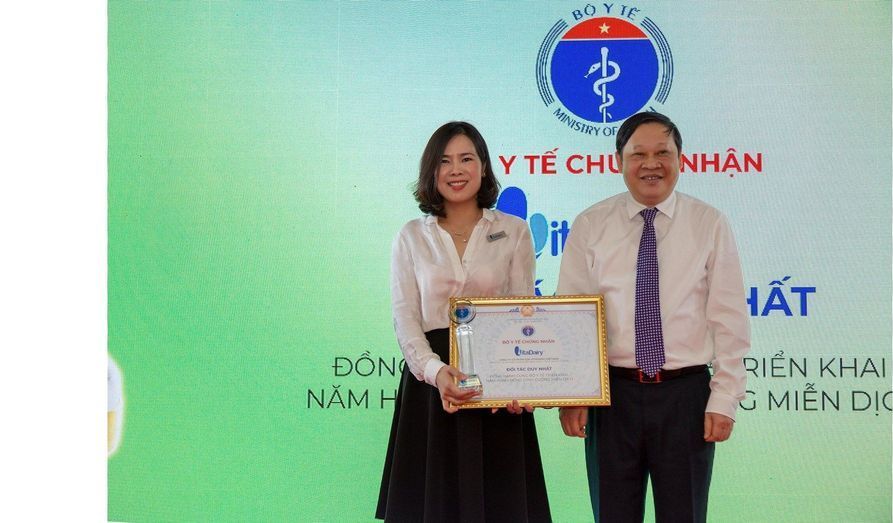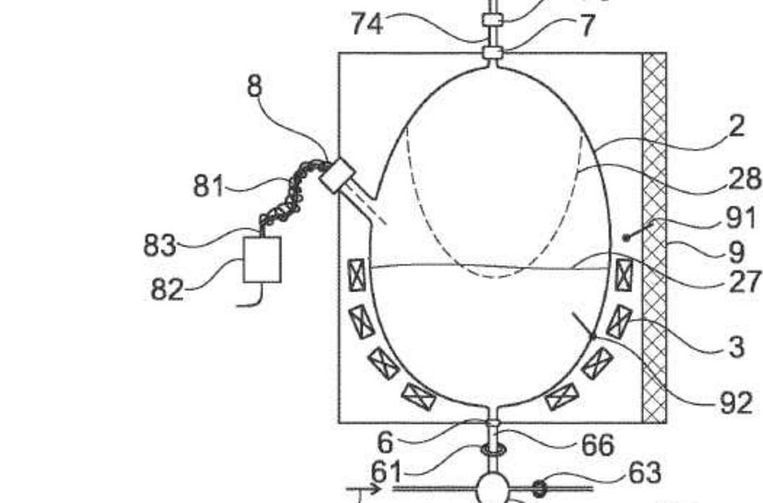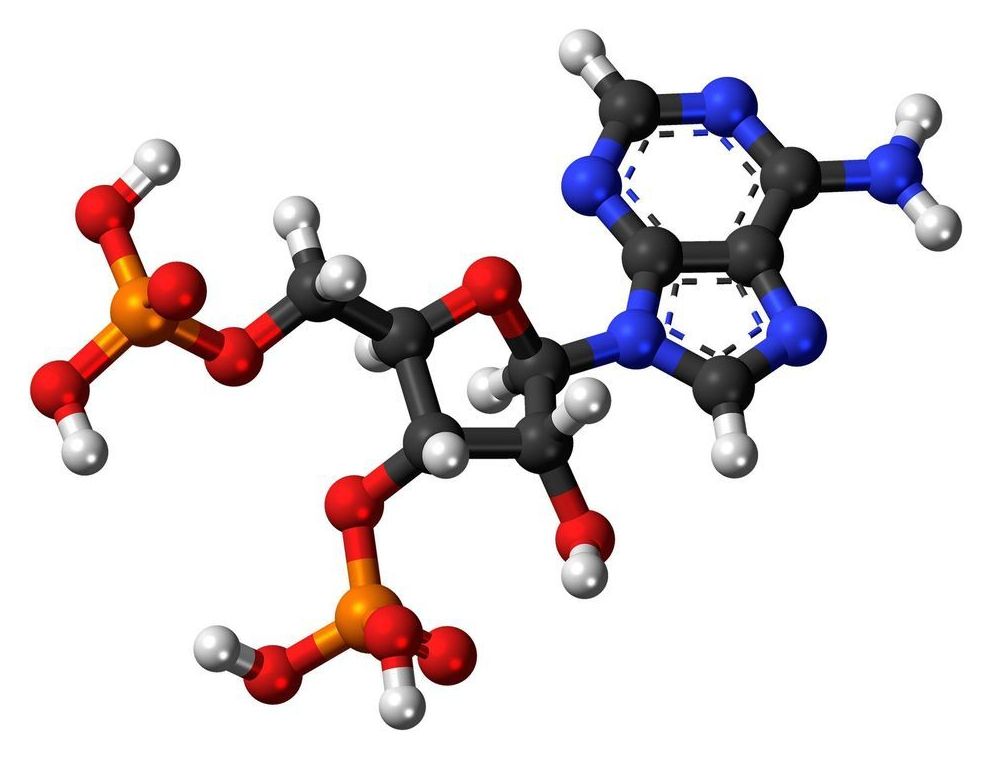Topic: guest: dan elton phd, staff scientist at national institute of health, USA.
Topic: Application of AI to medical imaging Guest: Dan Elton PhD, Staff Scientist at National Institute of Health, USA.
Topic: guest: dan elton phd, staff scientist at national institute of health, USA.
Topic: Application of AI to medical imaging Guest: Dan Elton PhD, Staff Scientist at National Institute of Health, USA.

Keith Comito, president of Life Extension Advocacy Foundation, joins me for a discussion to preview the 2020 Eding Age Related Diseases conference, to be held online, August 20–21, 2020. Go HERE to register for the conference, and use discount code SeekingDelphiEARD
You can subscribe to Seeking Delphi™ on Apple podcasts, PlayerFM, MyTuner, Listen Notes, and YouTube. You can also follow us on twitter @Seeking_Delphi and Facebook.
EPFL spin-off SEED Biosciences has developed a pipetting robot that can dispense individual cells one by one. Their innovation allows for enhanced reliability and traceability, and can save life-science researchers time and money.
The engineers at SEED Biosciences, an EPFL spin-off, have come up with a unique pipetting robot that can isolate single cells with the push of a button—without damaging the cells. Their device also records the cells’ electrical signature so that they can be traced. While this innovation may seem trivial, it can save researchers several weeks of precious time and speed up development work in pharmaceuticals, cancer treatments and personalized medicine. The company began marketing its device this year.

Vietnam has been one of the countries that have well managed COVID-19 pandemic with only 383 cases, and no deaths have been reported (updated on 20th July). Immune Nutrition from ColosIgG 24h colostrum is one of the factors contribute fighting off COVID-19 in VietnamnnPrior to this pandemic, being aware that strengthening the immune system is very important for health, especially for children, the Vietnamese Ministry of Health cooperated with VitaDairy Company to organise a series of seminars on Immune Nutrition in big cities. As a result, at the end of 2019 when the COVID-19 outbreak started, people understood the importance of the immune system and the value of immune nutrition from ColosIgG 24h colostrum.nn
P rior to this pandemic, being aware that strengthening the immune system is very important for health, especially for children, the Vietnamese Ministry of Health cooperated with VitaDairy Company to organise a series of seminars on Immune Nutrition in big cities. As a result, at the end of 2019 when the COVID-19 outbreak started, people understood the importance of the immune system and the value of immune nutrition from ColosIgG 24h colostrum. In addition to the seminars, Vietnamese Ministry of Health has taken many quick and appropriate actions to deal with the pandemic. Thanks to these actions, up to now, Vietnam is one of the countries that have very well managed the COVID-19 pandemic.
VitaDairy As The Ministry of Health’s Partner — “With Competence And A Strong Will”
In parallel with the seminar series, VitaDairy became the No. 1 colostrum company in Vietnam while making a hundred million dollar deal with the leading colostrum group in the US — PanTheryx — to exclusively import ColosIgG 24h colostrum to Vietnam. Joining hands to combat the pandemic, VitaDairy donated 1 million ColosIgG 24h colostrum products to the Vietnamese people and donated protective equipment to health workers with a total sponsorship of nearly 500,000 USD.

Researchers at the University of Alabama at Birmingham, and Southern Research, have identified a new drug candidate that they claim could represent a “distinct and innovative” approach to treating type 1 and type 2 diabetes. The small molecule drug, designated SRI-37330, inhibits the expression of a protein known as TXNIP—which the team had previously identified as a top glucose-induced gene—in both mouse and human islets.nnResults from the researchers’ preclinical studies suggested that SRI-37330 acts on pancreatic islet cells that produce glucagon and insulin, and also acts on the liver. The findings showed that the drug could have therapeutic effects against diabetes, in both lean and obese individuals. Tests on isolated human and mouse pancreatic islets, on mouse and rat cell cultures, and in animal models of both type 1 and type 2 diabetes, demonstrated that SRI-37330 improved diabetes-related hyperglycemia, and hyperglucagonemia; reduced the excessive production of glucose by the liver; and reduced fatty liver, or hepatic steatosis.nn
Studies showed non-toxic, orally bioavailable small molecule effectively rescued mice from models of type 1 and type 2 diabetes, and reduced fatty liver.

Tesla and CureVac have collaborated on a patent for an RNA bioreactor.
Although there are no human vaccines made with RNA, the technology could break through on COVID-19 (coronavirus).
The bioreactor works by combining chemical agents in an egg-shaped magnetic mixer.
Tesla has taken on the manufacturing role for a biotech startup with a revolutionary new RNA reactor concept. A tipster recently alerted Electrek to this year-old patent application, which lists both Tesla and German startup CureVac.
CureVac has made the news recently because of a misinformed factoid that it was being purchased by President Donald Trump. That’s partly because CureVac is working on the groundwork for a COVID-19 (coronavirus) vaccine. Today, the European Investment Bank (EIB) reported that it’s awarded an $84 million loan to CureVac to accelerate that vaccine development process.

A study published in BMC Cancer analyzed the relationship between education level and survival in multiple myeloma and observed that patients with lower education levels may have lower survival rates.
A study observed that multiple myeloma patients with lower education levels may have lower survival rates compared to those with higher education levels.

Before the first oncogene mutations were discovered in human cancer in the early 1980s, the 1970s provided the first data suggesting alterations in the genetic material of tumors. In this context, the prestigious journal Nature published in 1975 the existence of a specific alteration in the transformed cell: an RNA responsible for carrying an amino acid to build proteins (transfer RNA) was missing a piece, the enigmatic nucleotide ‘Y.’
After that outstanding observation, virtually no developments were made for forty-five years on the causes and consequences of not having the correct base in RNA.
In an article published in Proceedings of the National Academy of Sciences (PNAS) by the group of Dr. Manel Esteller, Director of the Josep Carreras Leukaemia Research Institute, ICREA Research Professor and Professor of Genetics at the University of Barcelona has solved this mystery by observing that in cancer cells the protein that generates the nucleotide Y is epigenetically inactivated, causing small but highly aggressive tumors.
Populations of vampire bats are exploding and spreading deadly diseases.
Check out VICE News for more: http://vicenews.com
Follow VICE News here:
Facebook: https://www.facebook.com/vicenews
Twitter: https://twitter.com/vicenews
Tumblr: http://vicenews.tumblr.com/
Instagram: http://instagram.com/vicenews
More videos from the VICE network: https://www.fb.com/vicevideo

As one of the leaders in developing a COVID-19 vaccine, Moderna signed a contract worth up to $1.525 billion with the U.S. government to supply 100 million doses of mRNA-1273, the company’s experimental COVID-19 vaccine.
The agreement also includes incentive payments for hitting a production schedule. Moderna had a previous award of up to $955 million from BARDA for the development of the vaccine to licensure, which brings the U.S. government’s commitment for early access to the vaccine up to $2.48 billion. The U.S. government, as part of Operation Warp Speed, also can acquire another 400 million doses.
As part of this deal, the U.S. government says Americans will receive the vaccine at no cost. It is possible that healthcare professionals will charge for the cost of administering it.